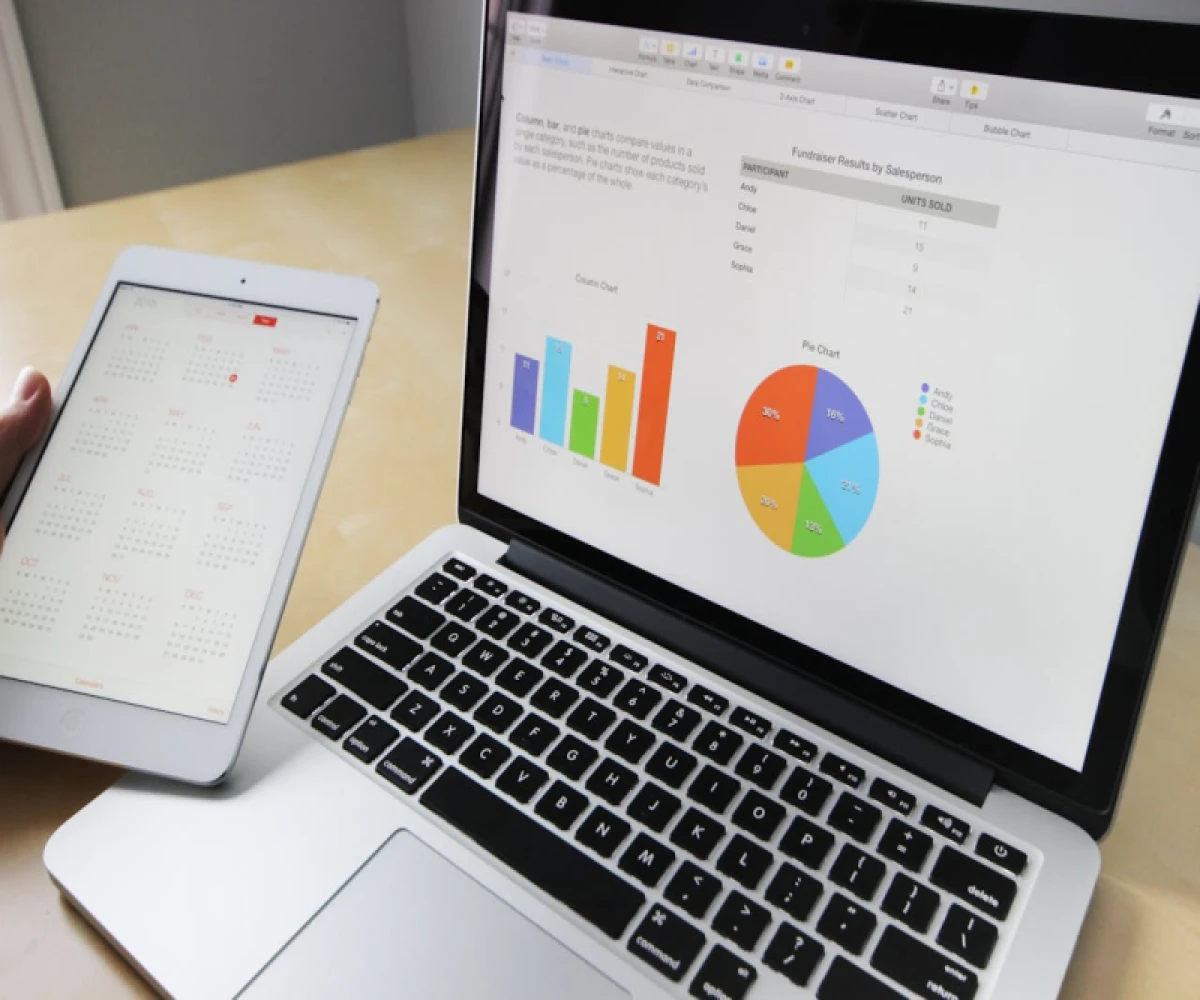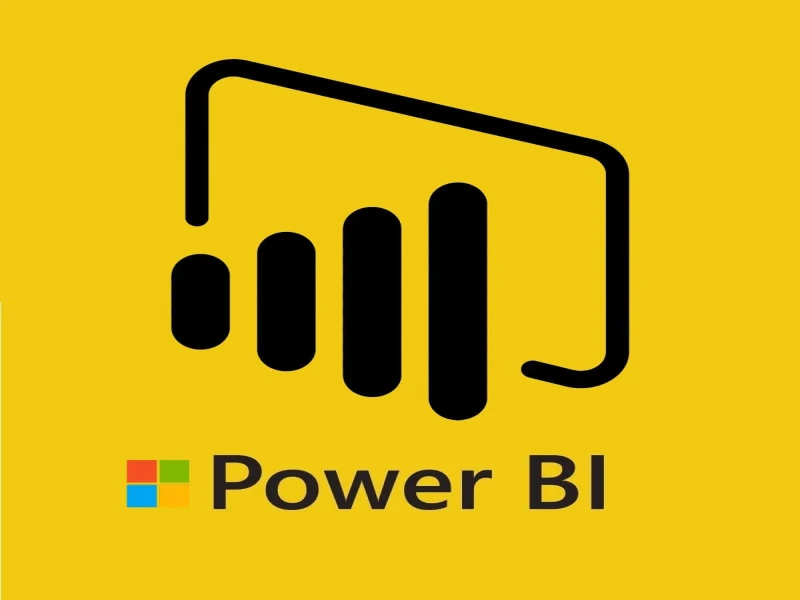
Top 7 Data Analysis Tools for 2024
Unveiling the Secrets: Top 7 Data Analysis Tools for 2024
Data analysis has become the backbone of informed decision-making across industries. But wrangling raw data into actionable insights requires the right set of tools. This blog dives into seven top contenders in the data analysis arena, equipping you to choose the perfect one for your needs.
1. Microsoft Excel: The ubiquitous spreadsheet champion, Excel offers a surprisingly powerful suite of data analysis features. Its intuitive interface and familiar formulas make it a great starting point for data cleaning, organization, and visualization through charts and graphs. However, Excel struggles with massive datasets and collaboration.
2. Tableau: For those seeking stunning data visualizations, Tableau reigns supreme. Its drag-and-drop functionality allows you to create interactive dashboards that transform complex data into easily digestible narratives. Tableau excels in business intelligence, helping you identify trends and track KPIs (Key Performance Indicators).
3. Google Data Studio: If you're heavily invested in the Google ecosystem, Google Data Studio is a free gem. This cloud-based tool seamlessly integrates with Google Analytics, Ads, and BigQuery, offering insightful visualizations for marketing campaigns and website traffic analysis. While not as feature-rich as Tableau, it's a robust option for Google-centric data exploration.
4. Python (with libraries like Pandas and NumPy): For those comfortable with coding, Python offers unparalleled power and flexibility in data analysis. Libraries like Pandas (data manipulation) and NumPy (numerical computing) form the bedrock of a Python data scientist's toolkit. This combination allows for in-depth statistical analysis, complex modeling, and automation of tasks. The trade-off? A steeper learning curve compared to user-friendly graphical interfaces.
5. SAS and SPSS: These industry veterans have been around for decades, favored by enterprises for their statistical prowess. SAS offers a comprehensive suite for data management, advanced analytics, and reporting. SPSS specializes in survey analysis and statistical modeling. While powerful, they come with a hefty price tag and require specialized knowledge to operate.
6. R: Another popular programming language, R is beloved by statisticians for its robust statistical methods and data visualization capabilities. Its extensive package library offers a solution for nearly any data analysis challenge. Similar to Python, R boasts a vast open-source community and requires some programming expertise.
7. Power BI: A strong contender from Microsoft, Power BI is a business intelligence tool offering data visualization, reporting, and interactive dashboards. It integrates seamlessly with Microsoft products and excels at creating reports for non-technical audiences. While it might not be ideal for advanced statistical analysis, Power BI is a well-rounded option for data exploration and communication.
Choosing the right data analysis tool depends on your specific needs, technical expertise, and budget. This list equips you with a strong foundation to start your exploration and unlock the power of data!


